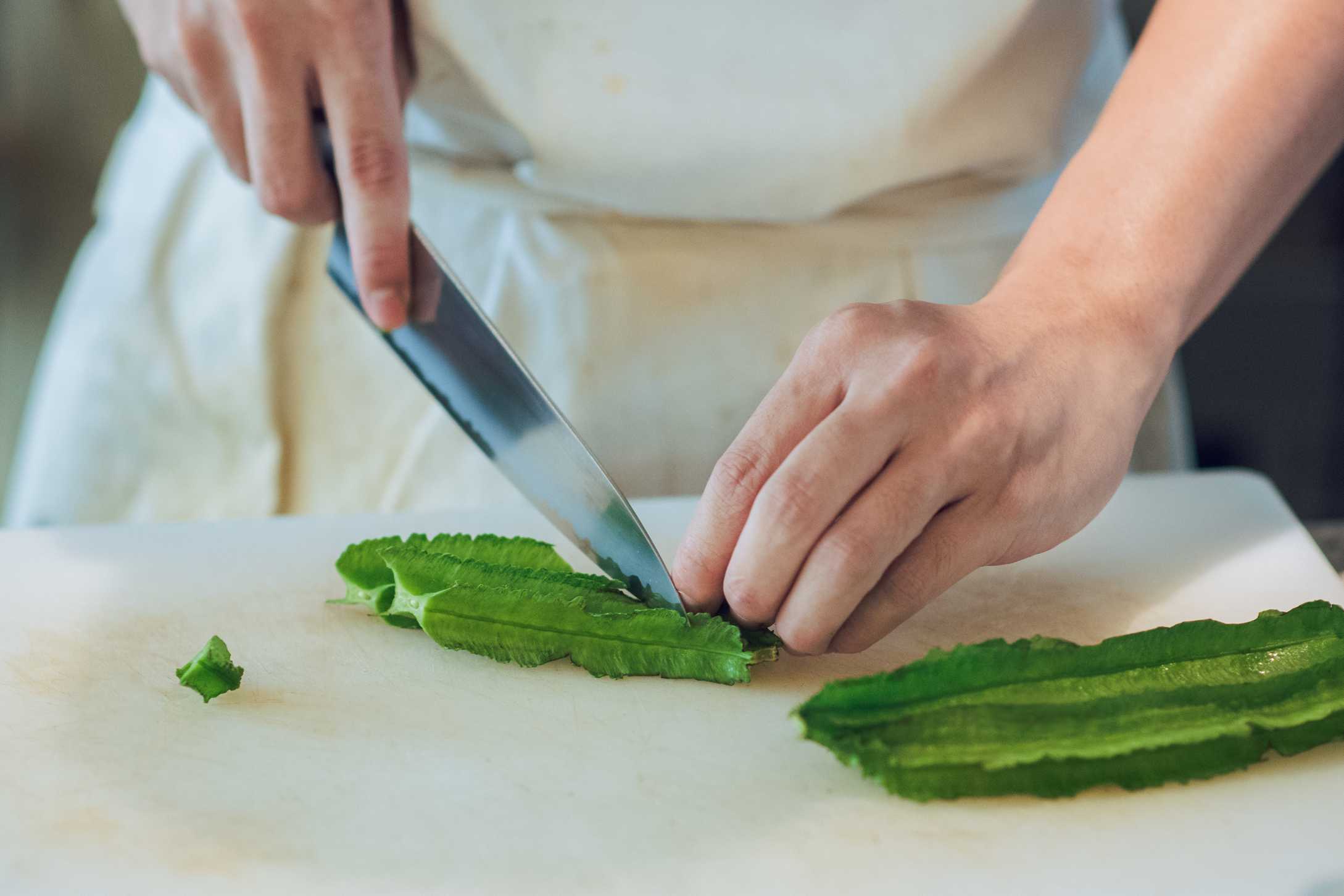
HOW WINGED BEAN BOOSTS YOUR HEALTH, ACCORDING TO NUTRITION PROFESSIONALS
Benefits by Leticia Soares
Postgraduate Degree in Public and Family Health/Bachelor Degree in Nutrition and Dietetics · 5 years of experience · Brazil
- Winged bean is a source of proteins. The fresh leaves, flowers, green pods, seeds and the tuberous roots of winged bean are rich in protein and can be eaten either raw or cooked.
- The leaves of winged bean are rich in vitamin A. Which plays a role in developing and supporting our vision, in keeping our immune system functioning properly and in helping our cells and tissues grow and develop.
- Winged bean is a source of several mineral and vitamins such as phosphorus, iron and vitamin C.
- The entire winged bean is edible. The leaves, flowers, roots, and been pods can be eaten raw or cooked; pods can be consumed raw and seeds need to be cooked. Therefore, winged beans also may be used as a protein food capable of reducing malnutrition in developing countries.
→ See side effects of Winged bean from this expert
→ Love Winged bean? Get nutritional facts, tips from health experts, and more
Benefits by Madison Shaw
Bachelor of Science in Dietetics and Nutrition · 4 years of experience · USA
- Winged beans are a type of legume that is rich in potassium. Potassium rich foods help reduce blood pressure and prevent again stroke and osteoporosis.
→ See side effects of Winged bean from this expert
→ Love Winged bean? Get nutritional facts, tips from health experts, and more
| What are people curious about? | |
|---|---|
| Ldl cholesterol | Cholesterol |
| Golo diet | Low cholesterol diet |
This is for information purpose only, and should not be considered as a substitute for medical expertise. These are opinions from an external panel of individual doctors, and not to be considered as opinion of Microsoft. Please seek professional help regarding any health conditions or concerns.
2024-07-01T03:41:25Z dg43tfdfdgfd